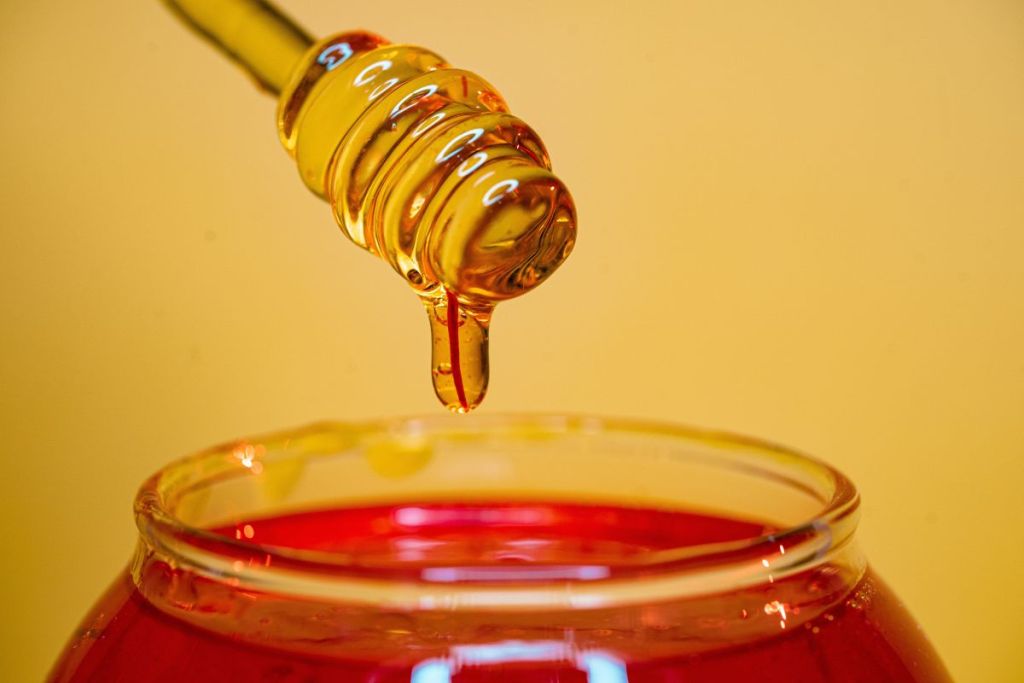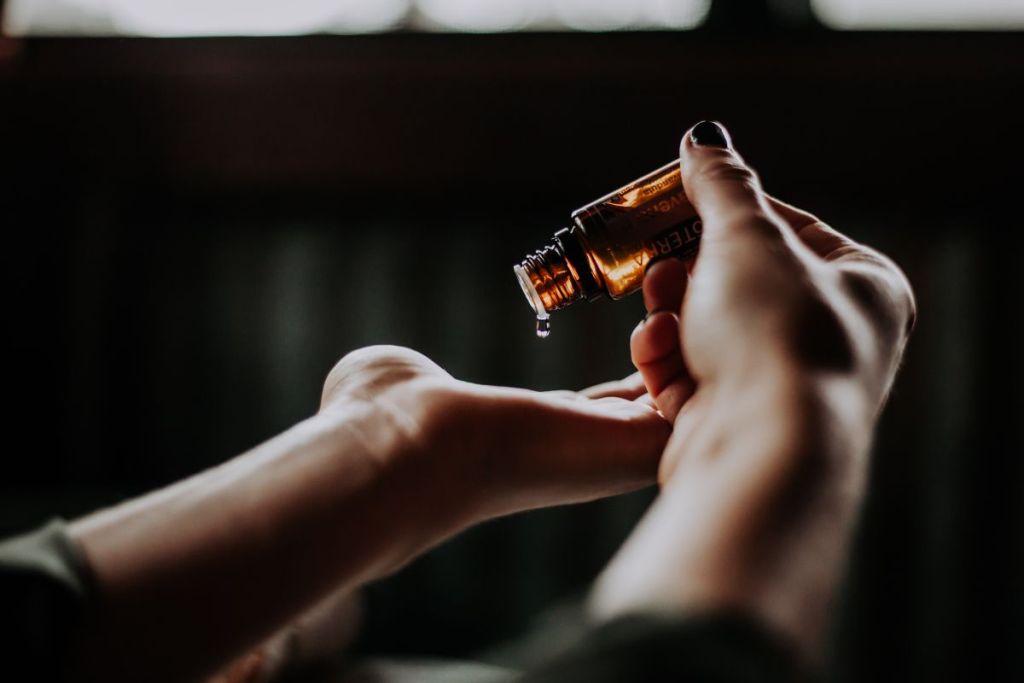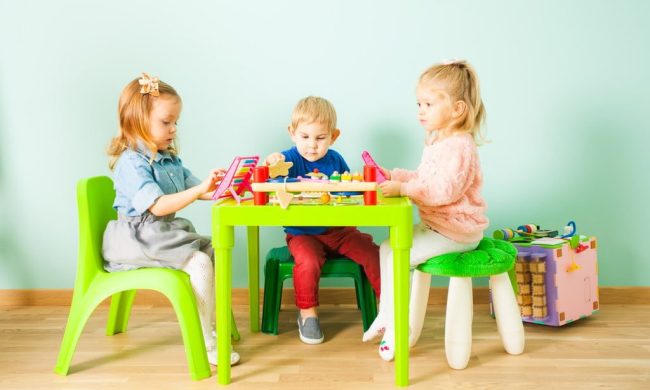It’s not uncommon to encounter bees when we’re outdoors, especially during the humid and hot days of summer. Typically, they buzz around and usually don’t bother us. However, there are times when bees go rogue and sting. Happening to an adult, this might not be a big deal unless they have a bee allergy. However, when it comes to children, it can be quite concerning, not only because bee stings are painful, but because you may be worried that your child will develop a severe reaction.
Before anything else: Assess the situation
One of the first things that you’ll want to do when your child gets stung by a bee is to sit them down and assess the situation. If the stinger is still in, try removing it with a blunt object, like a credit card, for example. Wash the site with soap and water. For some children, bee stings may be itchy, and the area will be red and swollen. The first thing that you want to do is assure that your child is not allergic to bee stings. If you are not sure if they are or not, watch for these signs and symptoms:
- A large rash
- Swelling around the face and throat
- Difficulty breathing
- Diarrhea
- Abdominal pain
If your child is experiencing any of the above, the first thing that needs to be done is to call an ambulance. They will guide you through the steps you need to take until the paramedics arrive. If you don’t notice any alarming signs, there are certain things you can do to treat the bee sting at home.

Home remedies for bee stings
Honey
It’s been known that honey has medicinal properties for thousands of years. According to Medical News Today, honey has a compound in it that will reduce inflammation. Not only that, but these antibacterial compounds can even help to speed up healing and prevent infection of the sting site. Dab a small amount of honey onto the sting, place a bandage loosely on it, and leave it on the affected area for up to an hour.
Aloe vera
Keeping an aloe vera plant in your house may be a good idea. Aloe vera is a well-known remedy for cooling off the skin and helping to reduce pain. Healthline suggests that if you have an aloe vera plant in your home, simply break off one of the leaves, and then squeeze the gel onto the affected site.
Baking soda
According to Oak Brook Allergists, baking soda is a good way to help reduce pain while also helping to reduce bee venom. It also can help with the itching and swelling that comes along with a bee sting. They suggest mixing baking soda with water until it makes a paste. After that, apply liberally to the affected area. Place a bandage over it, and leave the bandage on for at least 15 minutes, and then re-apply as needed.
Apply a cold pack
The American Academy of Dermatologists advises that by applying a cold pack from the freezer, it will help to reduce swelling and pain from a bee sting. The nice and cold ice pack will cool down the area that the sting is in. It is prudent to make sure, though, that any redness or swelling isn’t moving anywhere, in any other part of the body. This could mean an anaphylactic reaction is occurring. An ambulance should be called immediately.
Oatmeal bath
Everyday Health suggests taking an oatmeal bath as a way to soothe the area. This is especially true if your child was stung multiple times in multiple areas. The oatmeal will help them feel better by cooling off and soothing the skin in the area it was stung. Alternatively, you can grind up quick-cooking oats, make a paste out of them with water, and apply the paste to the affected areas.

Tea tree oil
According to CareSpot, tea tree oil is a natural antiseptic and may decrease the pain from the sting. To use this method, you will want to use a carrier oil instead of just putting the essential oil right onto the skin. Good carrier oils are olive, grapeseed, and coconut.
Bee stings are no joke. But there are things that you can do in order to take care of the sting at home. One tip for staying safe outside while the bees are buzzing are trying not to eat sweets, as this can attract more bees. Avoiding flowering plants is another thing your child can do when they are outside, as more bees may be in and around them. Lastly, be sure to remind your child that as long as they don’t bother the bees, the bees aren’t likely to bother them. In any case, however, should your child get stung by a bee, there are plenty of things that you can do to take care of their sting.


